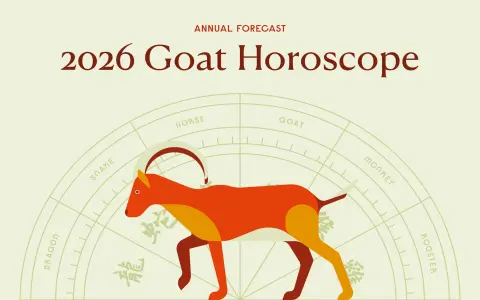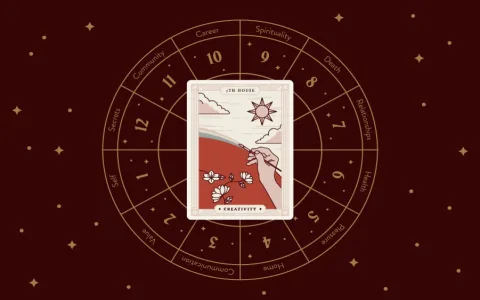The Fog That Started It All
I gotta be real with you, for a solid six months last year, I felt absolutely underwater. Not in a drowning kind of way, but everything was just muffled, you know? Like trying to talk through a thick blanket. My decisions were muddy, my focus was shot. I dragged myself through the daily grind, but internally, I was a wreck.
Then the dreams started. Now, I usually pay attention to my dreams, but these were relentless. Every single night, regardless of the setting—whether I was flying or sitting in my old kitchen—the sky was the main event. It was always dominated by some kind of cloud formation. Thick banks of them, thin wisps, giant looming monsters. They showed up without fail.
I tried ignoring it initially. Who cares about clouds? They’re just atmospheric moisture. But when the same confusing, repetitive image starts hijacking your subconscious every single night, you have to stop and ask: Is my brain trying to send me a text message? I concluded my subconscious was screaming about the weather, and I had to figure out exactly what specific type of “weather” it was referring to in my actual life.

Setting Up the System: My Personal Meteorological Tracker
You guys know I don’t believe in fluffy interpretations found in generic books. To find the secret meaning, you have to dig it up yourself. So, I went old school. I pulled out a brand new spiral notebook—the kind with the hard plastic cover that lasts—and designated it the ‘Cloud Codex.’ My goal wasn’t just to write down what happened; it was to correlate the dream image with the immediate emotional fallout and the current life events.
I committed myself to a 90-day tracking period. Every morning, I set an alarm ten minutes before I absolutely had to get up, ensuring I could capture the raw memory before coffee and emails wiped it clean. I created three key columns for logging:
- Cloud Morphology (The Look): I described the clouds in detail. Were they high and feathery (Cirrus)? Flat and heavy (Stratus)? Were they stacked like cotton candy (Cumulus)? I even attempted crude sketches when words failed me.
- The Dynamic (The Action): Were they moving fast? Standing still and oppressive? Were they gathering into a mass, or actively being blown away? This section captured the feeling of momentum or stagnation.
- Waking Emotion (The Aftermath): How did I feel when I woke up? Anxious, light, resolved, exhausted, or specifically confused? I forced myself to assign an emotional label.
The first month was a mess, honestly. It felt like I was throwing darts in the dark. Dark, stormy clouds would show up, and I’d wake up feeling strangely calm. Puffy, bright white clouds would appear, and I’d wake up riddled with self-doubt. It was contradictory and frustrating. But I kept pushing forward, refusing to quit the tracking, knowing that patterns only emerge from relentless data collection.
The Interpretive Grind and Cracking My Personal Code
The breakthrough happened in week five when I started cross-referencing the cloud type not just with the feeling, but with the immediate decision I had put off the day before. I noticed a striking correlation.
Those huge, dark, ugly Stratus clouds—the ones that sit low and make everything gray? They never represented an external disaster. I realized they consistently appeared on nights where I had been putting off a vital, unpleasant conversation. They were heavy, stagnant clouds of unspoken conflict I was carrying around. They weren’t predicting rain; they were predicting internal pressure build-up. Once I figured that out, I started addressing those conversations immediately upon waking, and those specific clouds started to dissipate from my dreams.
The biggest, most powerful realization hit me when I analyzed the Altostratus—the thin, milky clouds that veil the sun but don’t promise a storm. These consistently showed up when I was letting minor background issues—noise from social media, small worries about finances—block my view of a major, exciting goal. They weren’t bad; they were just annoying blockages. They forced me to see where I was letting peripheral clutter dim my primary light source.
The Secret Messages I Unlocked
After three solid months of this tedious logging, I cracked my unique symbolic code. I learned that the cloud wasn’t just a symbol; it was a transition marker, indicating the current speed and nature of my internal emotional process. I walked away with concrete interpretations that actually helped me navigate my day:
- Fast-Moving Puffy Clouds (Cumulus): These signaled acceleration. If I saw these, I knew whatever project I was working on had gained unstoppable momentum, and I needed to double down on effort. Go time.
- Dense, Unmoving Dark Clouds (Cumulonimbus): These weren’t about sadness; they were about resistance. Something I was fighting—either in myself or with others. When I saw these, I prepared myself to face a psychological roadblock head-on that day.
- Clouds Dissipating Rapidly in the Dream: This was my favorite. It meant clarity was arriving, often about a problem I thought was insurmountable. I’d wake up feeling instantaneously lighter, realizing a subconscious puzzle had just been solved.
My final takeaway for you guys is simple: Your dreams are speaking a unique language, and the common symbols are often personal. Don’t look for generic meaning. If an image is persistent, get a notebook, start tracking the correlation between the image and your life transitions, and decode your own secret messages. It takes consistency, but the understanding you unearth is the most practical spiritual knowledge you can ever gain.













